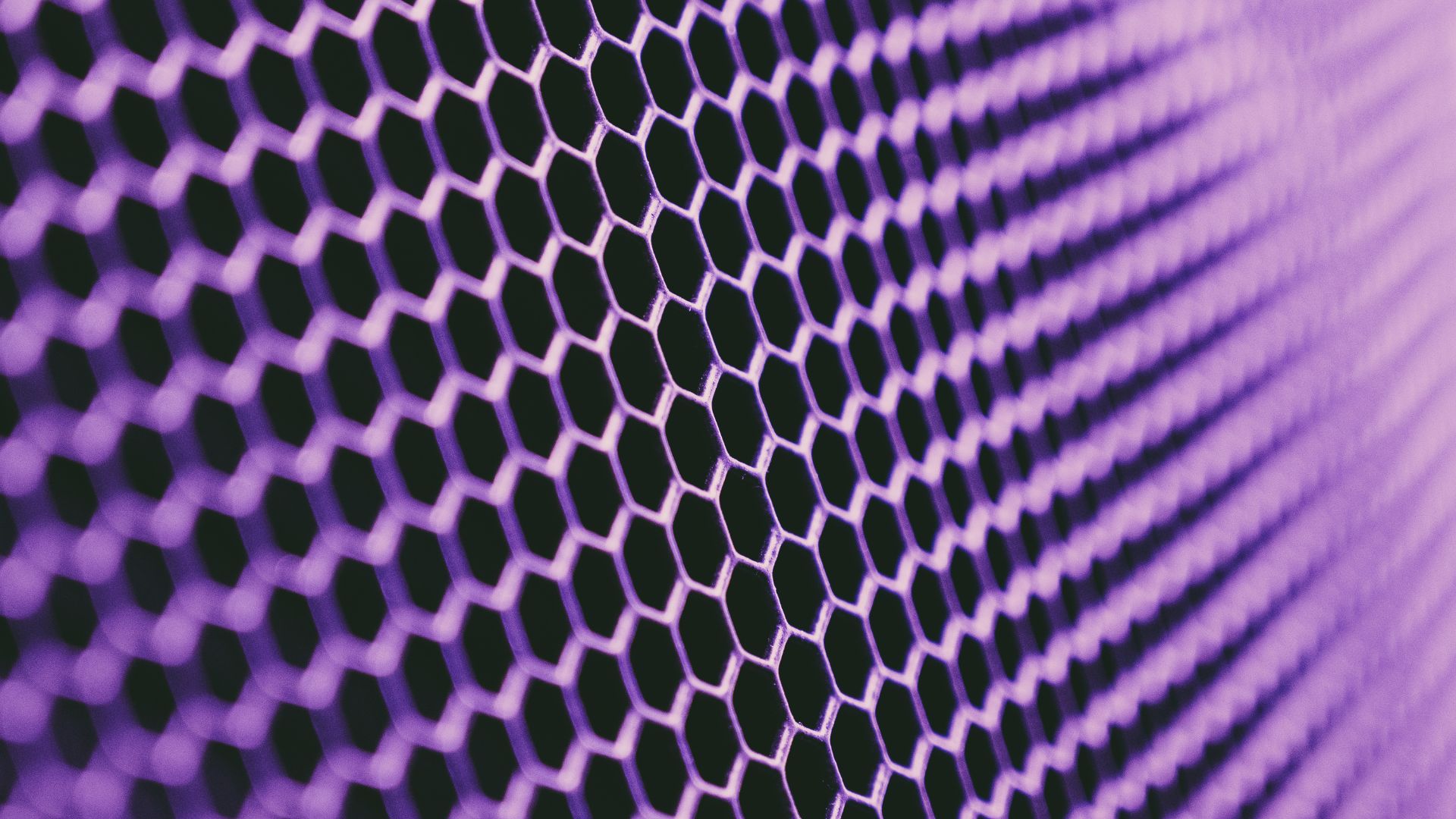The Impact of Design Elements on User Perception

Design elements like shape, texture, and symmetry play a critical role in shaping user perception. Each element brings unique qualities to a design, influencing how a viewer feels about and interacts with the content. For instance, rounded shapes often evoke warmth and friendliness, making them popular in user interfaces and brand logos. In contrast, angular shapes can convey a sense of stability or modernity.

Balance in design—whether achieved through symmetry or asymmetry—can create a sense of order and comfort. Symmetry often evokes balance and stability, ideal for professional or corporate designs, while asymmetry can add a sense of dynamism and creativity. Thoughtful use of these principles ensures that the design captures attention without overwhelming the viewer.

Texture, though often overlooked in digital design, brings depth and tactile appeal. Even on a flat screen, textures can simulate physical surfaces, enhancing the immersive quality of a design. For example, a slightly rough texture might give a vintage feel, while a sleek, smooth surface suggests modernity. Using textures mindfully can add a level of sophistication that influences how users feel about the content.

Overall, each design element contributes to user perception, guiding how people interact with and interpret a design. Thoughtful choices in these elements can improve engagement, evoke specific emotions, and strengthen the brand identity. Designers who understand these impacts can craft experiences that resonate well with their audiences.
